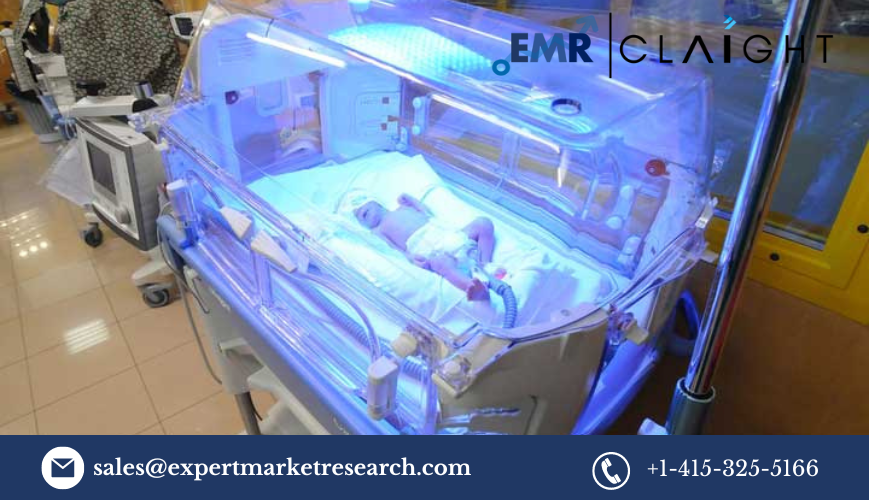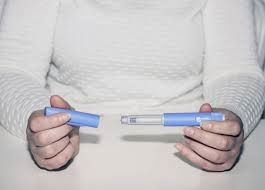The neonatal ventilators market is critical in supporting the health and survival of preterm and critically ill newborns. These specialized ventilators are designed to deliver precise respiratory support in neonatal intensive care units (NICUs). As advancements in healthcare technology progress, neonatal ventilators have become more sophisticated, incorporating features like non-invasive ventilation, intelligent monitoring, and portable options. In 2023, the global neonatal ventilators market was valued at USD 407.9 million, with expectations of significant growth to USD 714.2 million by 2032, reflecting a steady CAGR of 6.41%.
This blog delves into the factors driving this growth, key trends in the industry, competitive dynamics, and regional highlights that make the neonatal ventilators market a focal point in the healthcare landscape.
Market Dynamics Shaping the Growth of Neonatal Ventilators
1. Market Drivers
- Growing Incidence of Preterm Births: The increasing rates of preterm births worldwide create a greater need for neonatal ventilators. Preterm infants often suffer from respiratory distress syndrome (RDS) due to underdeveloped lungs, making ventilators essential for their survival.
- Technological Innovations: Recent advancements have led to the development of ventilators that offer non-invasive support, reducing the risk of injury to the infant’s delicate lungs. Innovations like continuous positive airway pressure (CPAP) and high-frequency oscillatory ventilation (HFOV) provide customized respiratory support, enhancing the treatment outcomes.
- Increased Awareness and Investments in Neonatal Care: Governments and healthcare organizations are increasingly investing in advanced NICU infrastructure to improve neonatal care quality. This investment facilitates better access to high-end neonatal ventilators, especially in developing regions where neonatal care is still developing.
2. Market Restraints
- High Costs of Advanced Ventilators: The advanced technologies incorporated into neonatal ventilators come at a high cost. This can limit the adoption of the latest equipment, particularly in regions with constrained healthcare budgets.
- Regulatory Hurdles: The approval process for neonatal ventilators is highly stringent due to the risks associated with treating vulnerable newborns. Regulatory delays or high compliance requirements can impact the pace at which new products reach the market.
3. Opportunities and Challenges
- Emerging Markets in Developing Countries: Developing nations present significant market growth opportunities as healthcare infrastructure expands. Governments are prioritizing neonatal health, which could drive demand for affordable, high-quality ventilators.
- Challenges in Operational Complexity: Operating neonatal ventilators requires specialized training. Any errors can have serious consequences, which poses a challenge in regions where trained staff may be scarce.
Global Market Overview and Forecast
- The neonatal ventilators market was valued at USD 407.9 million in 2023 and is projected to grow to USD 714.2 million by 2032, with a CAGR of 6.41%.
- Regional Analysis: North America holds the largest share of the market due to advanced healthcare systems, high awareness, and significant R&D investments. However, the Asia-Pacific region is anticipated to experience the fastest growth, driven by increasing birth rates and improved access to healthcare facilities.
Regional Market Analysis: Focus on North America and Growth Potential in APAC
North America: A Leading Market with Advanced Infrastructure
North America’s significant market share is due to high healthcare spending, advanced NICU infrastructure, and continuous R&D. Major hospitals and healthcare providers in the U.S. and Canada offer high-quality neonatal care, contributing to the strong market position.
Asia-Pacific: Emerging Growth Hub
Asia-Pacific is projected to be the fastest-growing region, with countries like China and India driving demand due to high birth rates and improving healthcare infrastructure. Government initiatives focusing on reducing infant mortality rates are also boosting demand for neonatal ventilators.
Competitive Landscape: Key Players and Market Share
The neonatal ventilators market is characterized by the presence of both established and emerging players. Some of the major companies leading the market include:
- Airon Corporation: Known for its innovations in ventilator technology.
- Medtronic: A global leader in medical devices, offering a range of neonatal ventilators.
- ResMed: Specializes in non-invasive ventilation solutions.
- Vyaire Medical Inc.: Provides a wide range of respiratory products for neonates.
- GE HealthCare: Offers advanced neonatal care equipment with a focus on digital health integration.
- Becton, Dickinson and Company: A prominent player with a strong portfolio in medical devices, including neonatal ventilators.
Strategic Insights
- Product Differentiation: Key players are focused on creating ventilators with user-friendly interfaces and enhanced monitoring capabilities.
- Collaborations and Partnerships: Companies are forming partnerships with hospitals and research institutions to enhance R&D and product innovation.
- Investment in R&D: Significant investments in research to develop non-invasive, smart ventilators that offer personalized care and remote monitoring capabilities.
Technological Advancements in Neonatal Ventilators
Recent technological advancements are transforming the neonatal ventilators market. Developments in artificial intelligence (AI) and the Internet of Things (IoT) have made it possible for ventilators to provide predictive insights, automatic adjustments, and remote monitoring. Smart ventilators can optimize oxygen levels based on real-time data from the infant’s respiratory parameters, thereby reducing manual intervention and enhancing the safety of neonatal patients.
Regulatory Landscape and Compliance
Compliance with stringent regulations is critical in the neonatal ventilators market. Regulatory bodies, such as the U.S. Food and Drug Administration (FDA) and the European Medicines Agency (EMA), require extensive testing and validation of ventilators to ensure safety and efficacy. The long approval process can delay market entry for new products, but companies are adapting by focusing on compliance early in the R&D phase.
Investment and Funding Trends
The neonatal ventilators market has seen a surge in funding from both public and private entities. Governments are offering grants to encourage R&D in neonatal care, while private equity firms and venture capitalists are investing in companies developing innovative ventilator solutions. Funding has accelerated the development of portable and non-invasive devices, allowing more hospitals to provide advanced neonatal care.
Future Opportunities and Market Potential
The neonatal ventilators market holds immense potential, especially in emerging economies where healthcare infrastructure is rapidly evolving. Companies that can offer cost-effective, portable, and easy-to-operate ventilators stand to gain significantly in these regions. Additionally, partnerships with local healthcare providers and continuous R&D in non-invasive and wearable technology for neonates could unlock further growth.




